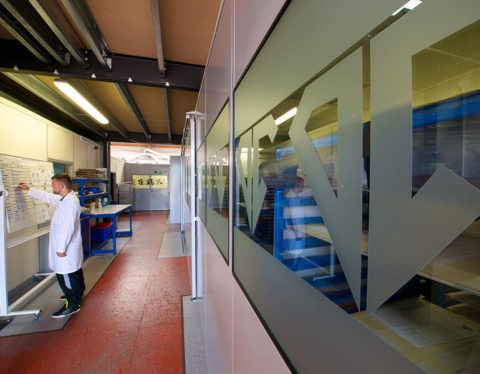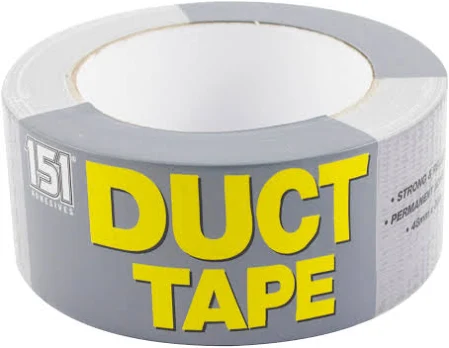
Coated Glass Factories
At Diamond Coatings, we’re not just about providing high-quality coated glass solutions; we’re also committed to manufacturing excellence
All orders placed between December 20th and January 2nd will be processed on January 3rd

Anti reflective coatings offer enhanced optical performance for LED screens by reducing reflection and glare.
The biggest challenge to achieving high optical performance in digital TV, advertising and signage is the glare and reflection that occurs when light hits a screen. The solution to this issue is by the incorporation of an AR coating.
An anti reflective (AR) coating is a type of optical coating applied to the surface of lenses and other optical elements to reduce reflection.
The use of an anti reflective coating ensures that advertising displays and television screens are fully visible and digital signage is fully readable in daylight.
This application of an anti reflective coating involves applying a film or coating of a specific thickness to the surface. The film reduces the reflections on the surface by cancelling out a specific wavelength of light as it is reflected back to the consumer.
When a specific wavelength of light passes through the AR coating, some of it is reflected back to the consumer and some of it is reflected at the surface. The thickness of the AR film causes the reflected wavelengths to be reflected so that they cancel each other out.
This means that the consumer will not see their own reflection on the screen but a brighter and clearer display.
Using an ITO coating has the additional benefit of protection from damage as they increase resistance to impact damage, protecting the LED screen further.
Anti Reflective Coating Options
DIAMOND AR anti reflective coating has similar spectral properties to the DIAMOX + coating and is available on polycarbonate, acrylic and glass substrates. There are a variety of different AR coatings available in the DIAMOND AR range. The most suitable coating can be ascertained to meet our customers needs.
We also offer anti reflective PET film.
The AR coating is conductive with a sheet resistance of typically 1000+ ohms/sq. The following anti reflective coating options are available:
For an uncoated glass component, typically 4% of incident light would be reflected at each surface. When an anti-reflective optical coating is used, reflection can be reduced to less than 0.1%
Contact us today should you require any further information.

At Diamond Coatings, we’re not just about providing high-quality coated glass solutions; we’re also committed to manufacturing excellence

Our ITO films provide a transparent and conductive layer that enables seamless touch interaction while maintaining optimal clarity

Advancements in coating technology have led to the development of highly effective scratch-resistant coatings that enhance the durability and longevity of acrylic.

If your project requires a material that can effectively conduct electricity, several excellent alternatives to duct tape are available
If you are interested in any of our products or services, please use the contact form or give us a call, we will be happy to discuss how we may be able to help you.